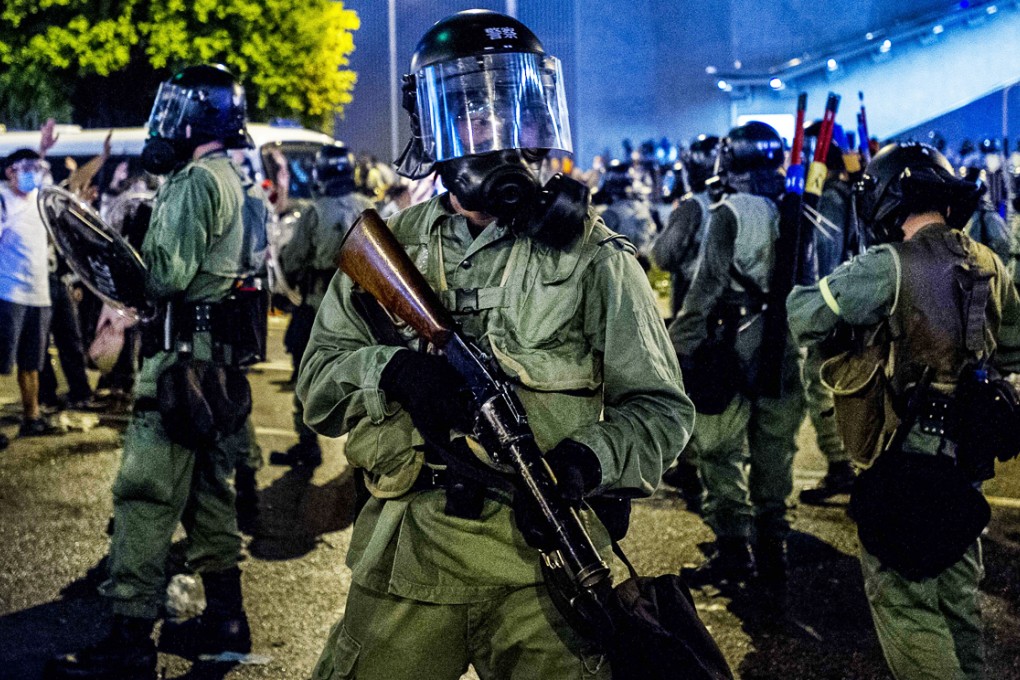Authorities had ample time to avoid Occupy collision
Keane Shum says government has been quick to condemn, and to fire

It's 1am. Another round of tear gas in Admiralty, another pack of green riot police scurrying away. The crowds disperse, the crowds return, larger. I have given up trying to decipher what rules of deployment the police have for tear gas, assuming there are any. The chief executive has asked us to be rational; I would like to think that applies to the police as well, but it's 1am, and they seem to have just fired another round of tear gas into a stationary crowd for no reason.
Let us be clear on how we got here. Fully 18 months ago, a law professor, a sociology professor and a reverend declared they would promote a non-violent campaign of civil disobedience if the government's proposal for electing the chief executive in 2017 did not live up to international standards. These standards are not some fluid mix of foreign ingredients; they are enshrined in Article 25 of the International Covenant on Civil and Political Rights and are binding in Hong Kong under Article 39 of the Basic Law. In other words, the Occupy Central founders gave the government 18 months' notice to comply with the Basic Law or face peaceful, albeit large and disruptive, protests.
This is not a movement that had the element of surprise in its arsenal. This is a movement whose D-Days were Deliberation Days, when the public gathered in university lecture halls for discussions and shared their experiences in plenary sessions. This is a movement that took advantage of modern technology to come up with an innovative way to do, in an open and transparent way, what every leader from Leung Chun-ying to Mao Zedong has been telling us to do: consult the people, from the masses, to the masses.
This is a movement that - in a day and age when most of the world fears its youth have detached themselves from society - made civic leaders out of schoolchildren, and engaged them to learn about and contribute to how our society can progress and sustain itself. We do democracy better, way better, than most democracies.
It's 2am. More rounds of tear gas. The men in green run forward, then back.
In its few public statements, the government has strongly implied that Occupy Central is to blame for the chaos and the war-zone images broadcast to the world. Look at the instability wrought by the masses, it will say; look at the damage done to the city and its reputation.